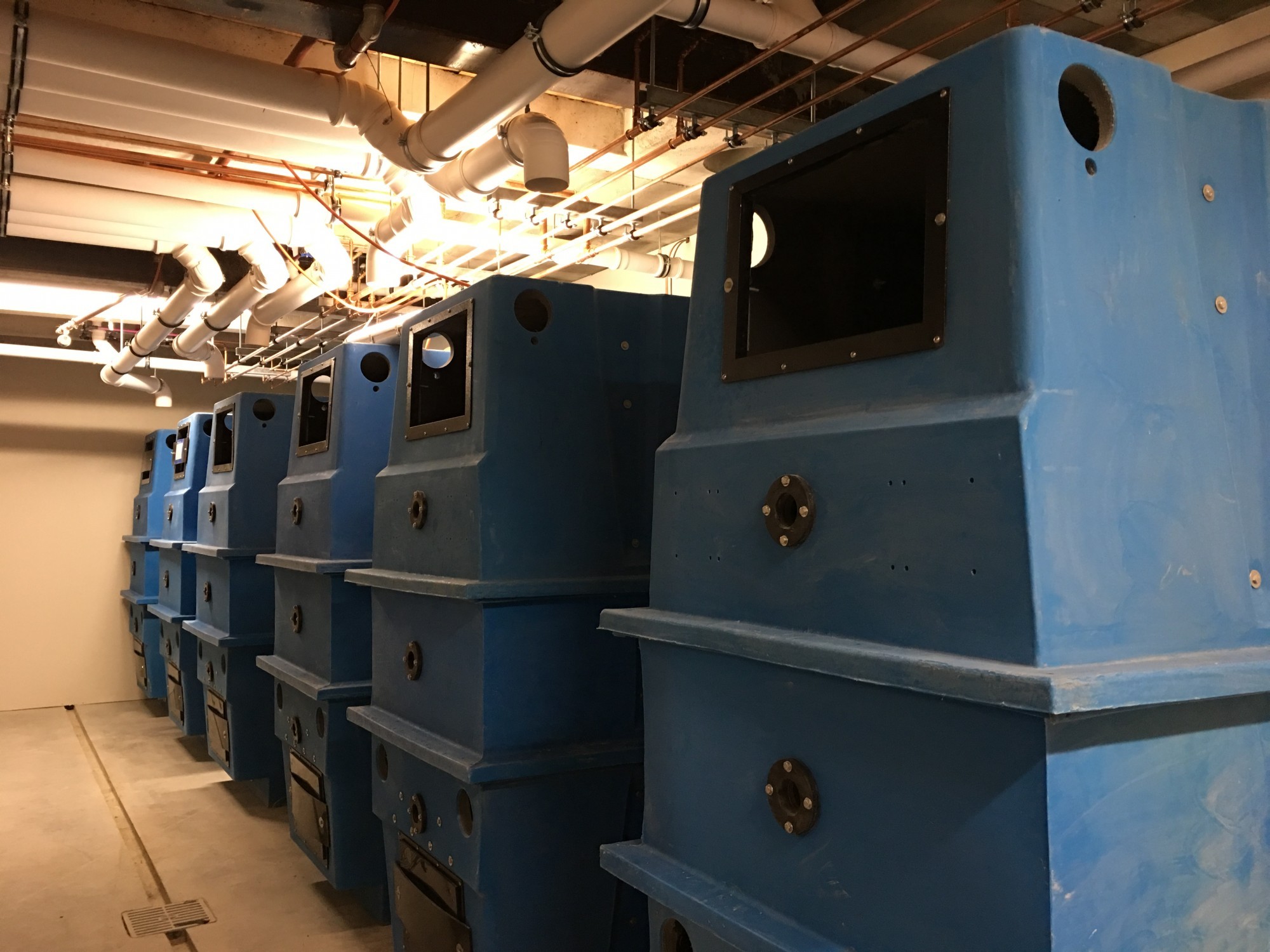- Accommodation

One of the benefits of modern homes is that families can use the toilet without having to think about where their waste goes. However, every time we flush, wastewater begins a long journey back into the environment.
First, it is typically pumped from our homes through networks of pipes to central treatment plants. It is then treated, often to drinking-quality standard, before being released back to our waterways or sprayed onto the ground. Every year, in every home, thousands of litres of water are used as a transport medium to flush toilets. Flushing accounts for 18% of the total water usage in New Zealand households and in a hospitality facility like Camp Glenorchy, the amount of water used for this purpose each year could easily be more than 300,000 litres – enough to fill the sizable Amenities Building on site.
However, at Camp Glenorchy, we’re aiming to reduce that 300,000 litres to zero, partly by using flushless composting toilets in all new buildings on the site. These simple yet state-of-the-art toilets will help us achieve our goal of using 50% less water than similar facilities, and providing for our own water needs as much as possible.
As well as eliminating the need for flushing in these buildings, we will generate virtually no wastewater. This reduces the need for wastewater treatment and minimises any effect on groundwater sources. Choosing composting toilets means we’re taking on responsibility for treating our own waste, but it comes with its rewards too! Treated compost generated by the toilets will serve as nutrient-rich food for the native plants on site.

Composting toilets require no water for flushing. When you use the toilet, your waste drops down a pipe into a tank where natural processes break it down, transforming it into a soil-like material called humus that can be used as fertiliser. In fact, the Phoenix Composting Toilets at Camp Glenorchy work much like garden compost piles, using food, air, bacteria, moisture and heat to transform waste into a usable end product.
Maintenance is a key requirement for composting toilets to work safely and efficiently. Depending on how frequently they’re used, owners need to perform weekly, monthly and yearly tasks. Frequent tasks include adding bulking agents (such as white wood shavings) to make waste more porous and, in the case of the Phoenix Toilets we're using, rotating a crank handle located on the tank to help with the downward movement of the pile. The moisture level of the waste and the cleanliness of the components also need to be checked every few weeks. On average, finished compost is removed once a year from the bottom of the tank.
When they are well-maintained, composting toilets do not have any odd smells. Like a standard toilet, if they smell at all it generally means something is not working as it should and needs to be fixed.
To achieve our water goals, we will be collecting rainwater, using efficient fittings and reusing greywater, in addition to the composting toilets. There will be 21 toilets installed on site, with six in the Amenities Building, one in the Maintenance Building and two in each cabin. We estimate the 21 toilets will generate approximately 2.4 m³ 1 of compost each year.
Each building that has a composting toilet installed will have a cellar or basement where the tanks are kept at a stable temperature year-round. Tours of the Amenities building basement will allow visitors to learn first-hand about the Phoenix composting toilets and the way they work.
When guests open the toilet lid, air from the room will be pulled down the toilet into the tank and then expelled through a vent on the roof. This means each time one of our composting toilets are used, the bathroom will actually smell better than before!
Guests don't need to do anything after using the toilet. Maintenance staff will add wood shavings directly to each toilet's tank, as frequently as once a week during peak season.
Modern cities rely on a vast network of water infrastructure to deliver potable water to buildings and collect wastewater for treatment. Costs of operation, maintenance and upgrades to keep up with increasing demand are high. How high? Ratepayers across the Queenstown Lakes District will need to pay an estimated $27,000 a day, every day for ten years, for new infrastructure works required to meet the growing peak demand2.
Using a composting toilet instead can dramatically reduce demands on water infrastructure by eliminating the need for almost tens of thousands of litres of water every year for flushing3. This preserves both money and resources. In Auckland, for example, each cubic metre of wastewater treatment costs 59% more than a cubic metre of drinking water4 due to the complex process it undergoes to make it safe.
In New Zealand, composting toilets currently can’t be used in urban areas where a mains sewer connection is available. However, authorities can provide a waiver and some Councils have been very receptive to the idea.
Composting toilets can be especially beneficial to communities without a public sewer infrastructure by reducing the amount of waste sent to septic tanks and of leachate to dispersal fields, helping protect underground aquifers. In Glenorchy, Camp Glenorchy's home, this issue has been identified as a potential risk due to the shallow groundwater level. Increasing levels of discharge from a growing resident and visitor population may eventually impact the bore that is used for town-wide potable water supply. Technologies such as composting toilets could reduce the required investment in sewage treatment facilities as well as the size and frequency of upgrades by reducing the amount of water that needs to be treated.
At Camp Glenorchy, we are committed to living in harmony with nature and reducing our impact on the environment. The use of composting toilets reduces the impact on Glenorchy’s groundwater reserves as there will be no wastewater from toilets and the small amount of leachate produced will be treated on site.


We’re aware that composting toilets will require more care and maintenance than conventional toilets, but instead of flushing the ‘problem’ down the toilet, we've made the choice to take responsibility for our waste by transforming it into a valuable end product that will be used on the site.
Camp Glenorchy's composting toilets be rigorously maintained on a strict schedule, ensuring our guests have a comfortable and enjoyable stay. Doing so will ensure there won’t be any odours, and the end product will be inoffensive, dry and safe for everyone.
1. In optimal conditions, the Phoenix Composting Toilet will produce 30 litres of compost for every thousand uses. Based on the number of flushes per visitor above, we estimate Camp Glenorchy will generate around 2,400 litres or 2.4 cubic meters of compost per year.
2. Queenstown Lakes District Council, Conserving Water.
3. Average of 12.9 flushes per day per household and an average flush volume of 6.2L (based on BRANZ study, Water End Use and Efficiency Project)
= (12.9*6.2)*365.
4. Based on Watercare prices effective until June 2016, a cubic metre of drinking water costs $1.409, while the same volume of wastewater is charged at $2.394. Watercare, Domestic water, wastewater and other charges.





Composting toilets are a viable alternative to on-site wastewater treatment in areas where connection to a public sewerage system is not available or where water is scarce. If you are thinking of installing one consider the following: